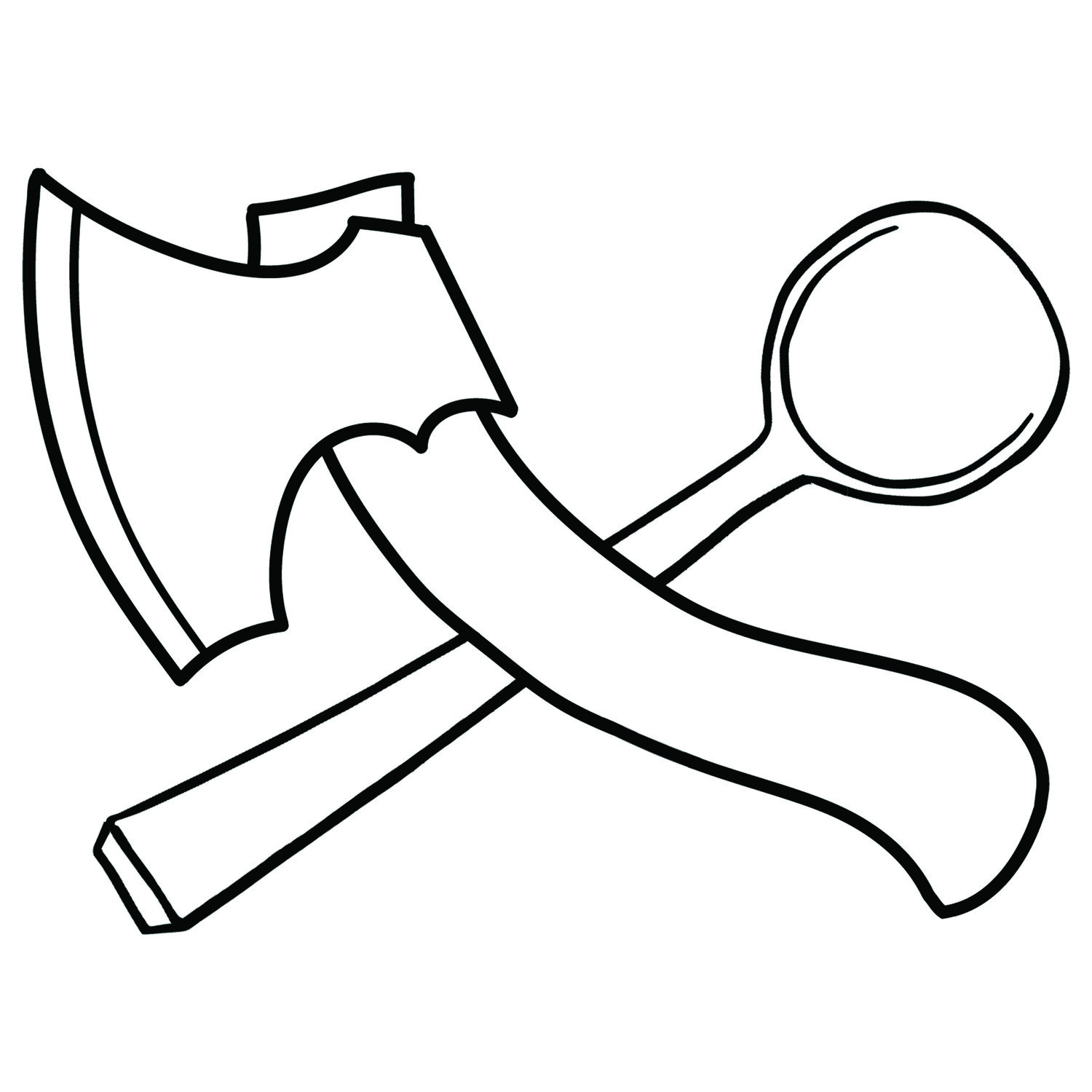The Secrets Of A Good Finish
A trio of white oak bowls drying.
Wood is a lot easier to work with hand tools while it is still green (unseasoned). However the wood needs to be left to dry before a smooth surface can be left with the tools. By letting the wood dry and going over the entire surface once again with sharp tools you get an smooth but textured finish that does not require sanding.
The high moisture content of green wood makes the fibres softer. This is one reason why splinters aren't an issue when working with green wood. These soft fibres are easier to cut with human-powered tools, so most of the material is best removed while the moisture content is high.
During carving these soft fibres bend and get compressed down. When the wood dries they rise up and a previously smooth surface becomes slightly fuzzy. If you want a great tool-finish to the wood, you need to go over the surface again once it has dried.
As wood dries, it shrinks and warps. Some woods shrink more than others, but they will all move while drying, You need to take this into account. For bowls I tend to leave a little extra material on the bottom so a flat surface can be created after drying.
This shrinking can also lead to cracks. Cracks develop when one part of the material shrinks quicker than another and the material cannot move with it. There are two things to do to prevent cracks.
One: slow the drying process. Put the piece you're working on in a plastic or paper bag and seal it shut. Plastic will prevent any moisture from escaping, while paper will let the wood dry, albeit slowly. You can also place it in wood shavings. Try to keep it out of drafts, as air movement is the biggest factor in drying out wood.
Two: Carve it to an even thickness. Thin areas of wood will dry quicker and move more easily than thick areas of wood. The transition points between thick and thin is where tension will build between the wood fibres. If you're not going to work on a piece for a several hours or more, try and ensure you finish at a point where it is evenly thick. If you can't do this, use a plastic bag to seal in the moisture.
Dry wood, carved with sharp tools, has a smooth surface that stays smooth. It has facets and textures. The tools marks show the decisions made by the craftsperson. Each cut remains. It gives wood a personality I find lacking in sanded work.
If you enjoy the content of this site and find it to be useful, help me to be able to spend more time on similar articles by becoming a Patreon.



